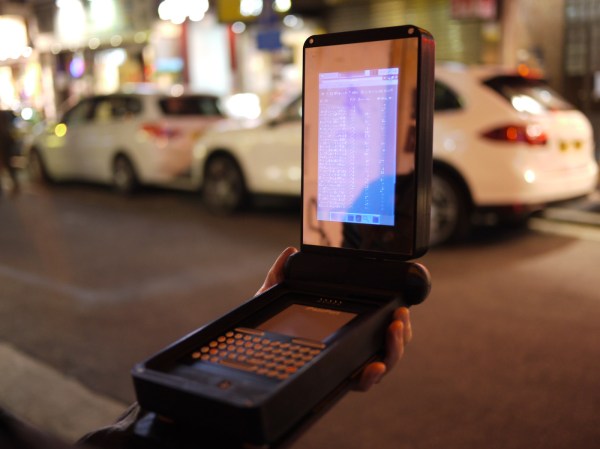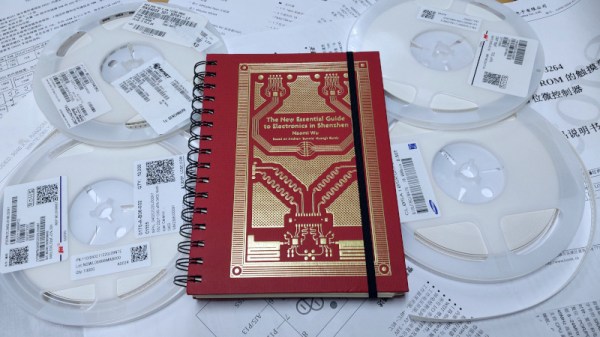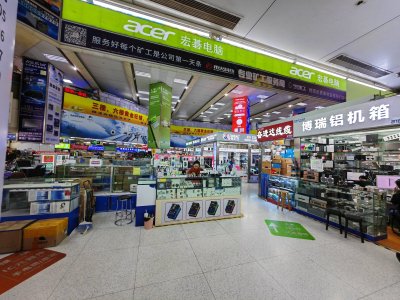If there’s one city which can truly claim to be the powerhouse of high-tech manufacturing here in the 21st century, it’s the Chinese city of Shenzhen. It’s likely that few people don’t own something made in that city or with parts that have passed through companies in the legendary electronic component markets of its district.
For years now the essential introduction to this world has come in the form of [Bunnie Huang]’s Essential Guide to Electronics in Shenzhen, a publication that unlocks the Chinese-speaking maze of vendors. All paper publications eventually become dated though, and this guide is no exception, so we’re very pleased to see a new version is on its way. Better still, it comes courtesy of Shenzhen native and maker extraordinaire [Naomi Wu], whose video series on YouTube has opened up so many corners of her city for those of us thousands of miles away. We can’t wait to see what she puts in it.
It’s also very good indeed on another level to see [Naomi]’s involvement, as earlier in the year she had to curtail her social media output under pressure from the Chinese government. We miss her unique window into the wonders of her city, and aside from her online shop it’s been concerning to hear very little from her of late. You can hear her talking about the book in a promotional video below the break.
Continue reading “Bunnie Huang’s Shenzhen Guide Gets A New Edition – Written By Naomi Wu”


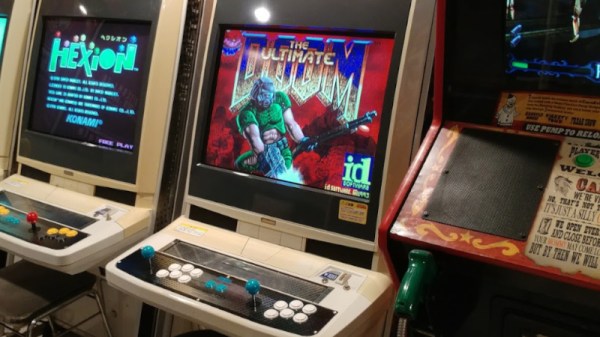
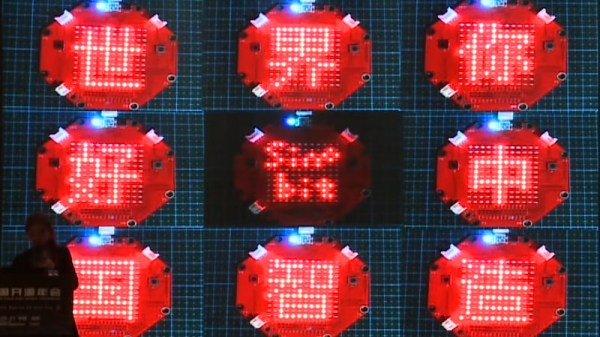
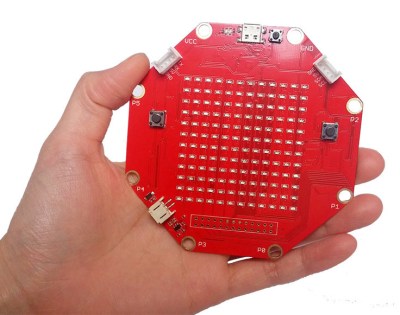 In the talk she takes us through the potential benefits of open source to Chinese business by using her projects as case studies. In particular she concentrates on how the arguments for open source in a commercial arena have to be made differently for a Chinese business to those used in the rest of the world. Using the analogy of a college dorm hotpot party, she outlines the importance of a community in open-source development, then we get a blow-by blow account of her work with Elecrow and Creality on the
In the talk she takes us through the potential benefits of open source to Chinese business by using her projects as case studies. In particular she concentrates on how the arguments for open source in a commercial arena have to be made differently for a Chinese business to those used in the rest of the world. Using the analogy of a college dorm hotpot party, she outlines the importance of a community in open-source development, then we get a blow-by blow account of her work with Elecrow and Creality on the 